My “trout” nymph fly box
{{start}}
Most of these flies have some weight in them but none are bead heads. A very important selection of flies because it includes flies that have applications in both rivers and impoundments. Whilst the flies in my bead head box are big on “hot spots” most of my non bead head nymphs are more representational of the naturals they are intended to represent. As well as including traditional ‘nymphs’ in my nymph fly box I also populate it with other flies that I fish like nymphs.
{{end}}

{{+1}}PTN variant{{-1}}
{{start}}
This variation of Frank Sawyers pheasant Tail Nymph takes into account the shorter herl on pheasant tails that dominate the market these days and to include the substitution of peacock or coloured dubbing in the thorax and the addition of legs.{{end}}
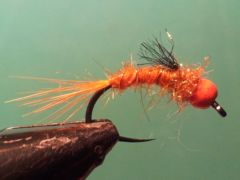
{{+1}}Carrot wet fly{{-1}}
{{start}}
This fly came about as an extension of the idea of using very popular carrot dry fly and has turned out to be a great weighted attractor fly to use on the top or middle dropper when fishing a representation fly on the point to river fish.{{end}}
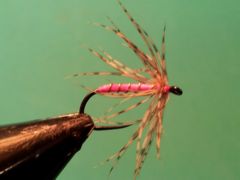
{{+1}}Partridge and pink spider{{-1}}
{{start}}
This is one of those flies that comes into its own on really bright days. The bright pink and the movement of the soft hackle in the water this fly often produce a hit. There is also the added benefit that they are so easy to tie. All river fly fishers should have a selection of English Spiders in their fly boxes.{{end}}
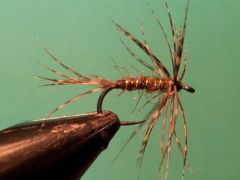
{{+1}}March brown spider{{-1}}
{{start}}
Where I fish, as the water warms up closer to lunch time your often find fish actively rising to March Brown Mayfly that are a mottled chocolate and dark grey in colour. I fish them in lakes to targeted rising fish, as a polaroiding fly and also as part of a loch style team and in river I find them a great swinging fly when fish are taking emergers just below the surface.{{end}}
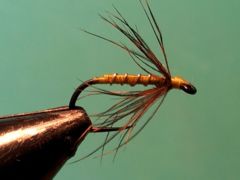
{{+1}}Greenwells spider{{-1}}
{{start}}
Many English flies have a spider version and Greenwells Glory is no exception. An interesting aspect of this fly is that the wing has been tied in beard style so as to camouflage the pint of the hook. The combination of the buggy shape, the movement of the soft hackle in the water often produce a hit. There is also the added benefit that they are so easy to tie. All river fly fishers should have a selection of English Spiders in their fly boxes.{{end}}
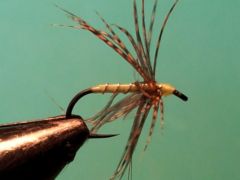
{{+1}}Partridge and chartreuse spider{{-1}}
{{start}}
Spiders are always a good option in rivers and whilst my "goto" spider is a partridge and orange the chartreuse version is always worth having on hand as an alternative. I don't know what the trigger but from time to time trout switch onto chartreuse coloured flies and if you don't have one in your kit your likely to fall behind or even worse, skunk the session.{{end}}
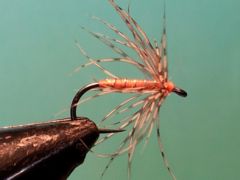
{{+1}}Partridge and orange spider{{-1}}
{{start}}
This is undoubtedly my "go to" spider. Fish all over the world seem to find orange a trigger colour and along with the buggy shape, the movement of the soft hackle in the water this fly often produce a hit. There is also the added benefit that they are so easy to tie. All river fly fishers should have a selection of English Spiders in their fly boxes.{{end}}
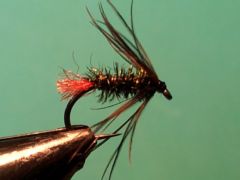
{{+1}}Red tag spider{{-1}}
{{start}}
This fly whilst being very different to a sparsely dressed north country spider has proven itself as a prolific fish catcher and has earned a place in my nymph fly box. I have no hesitation in tying it on either in combination with a traditional spider, a bead head nymph or heaven forbid a bead head version of a north country spider.{{end}}

{{+1}}Gold ribbed hares ear{{-1}}
{{start}}
This is probably up there in the top 3 or 4 best known nymph patterns. It's a pattern that has stood the test of time and is suggestive of a wide range of caddis and mayfly nymphs and is best fished close to the bottom. It doesn't matter if your in Argentina or Australia or any where between, past, above or below this is a true universal fly pattern.{{end}}
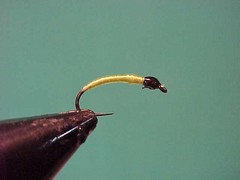
{{+1}}Willow grub{{-1}}
{{start}}
"Willow grubs" as they have become known, are often blown off the tree by the wind or simply fall off often finding themselves on the surface of the water where they are gorged on trout generally at the exclusion of all other passing tucker.{{end}}













